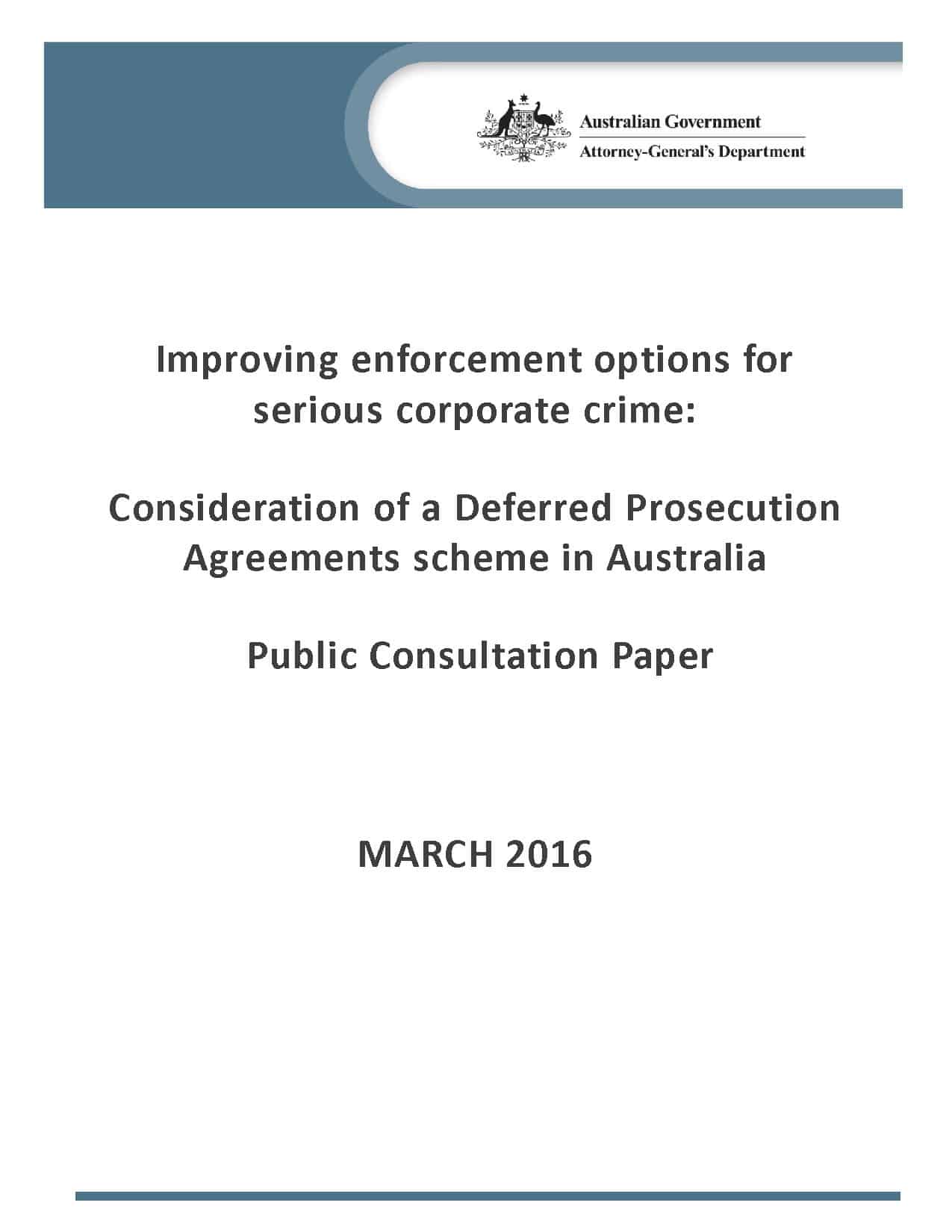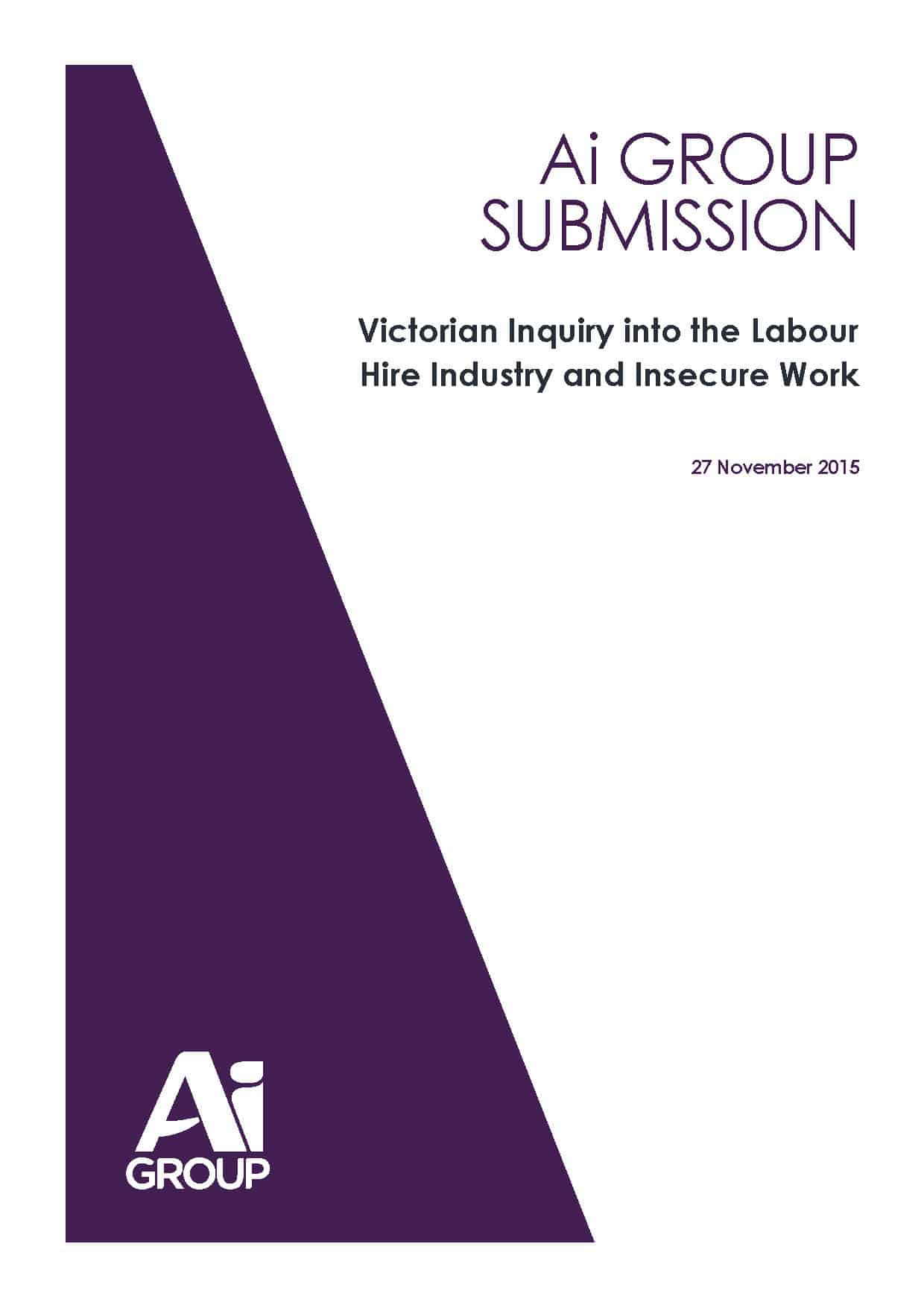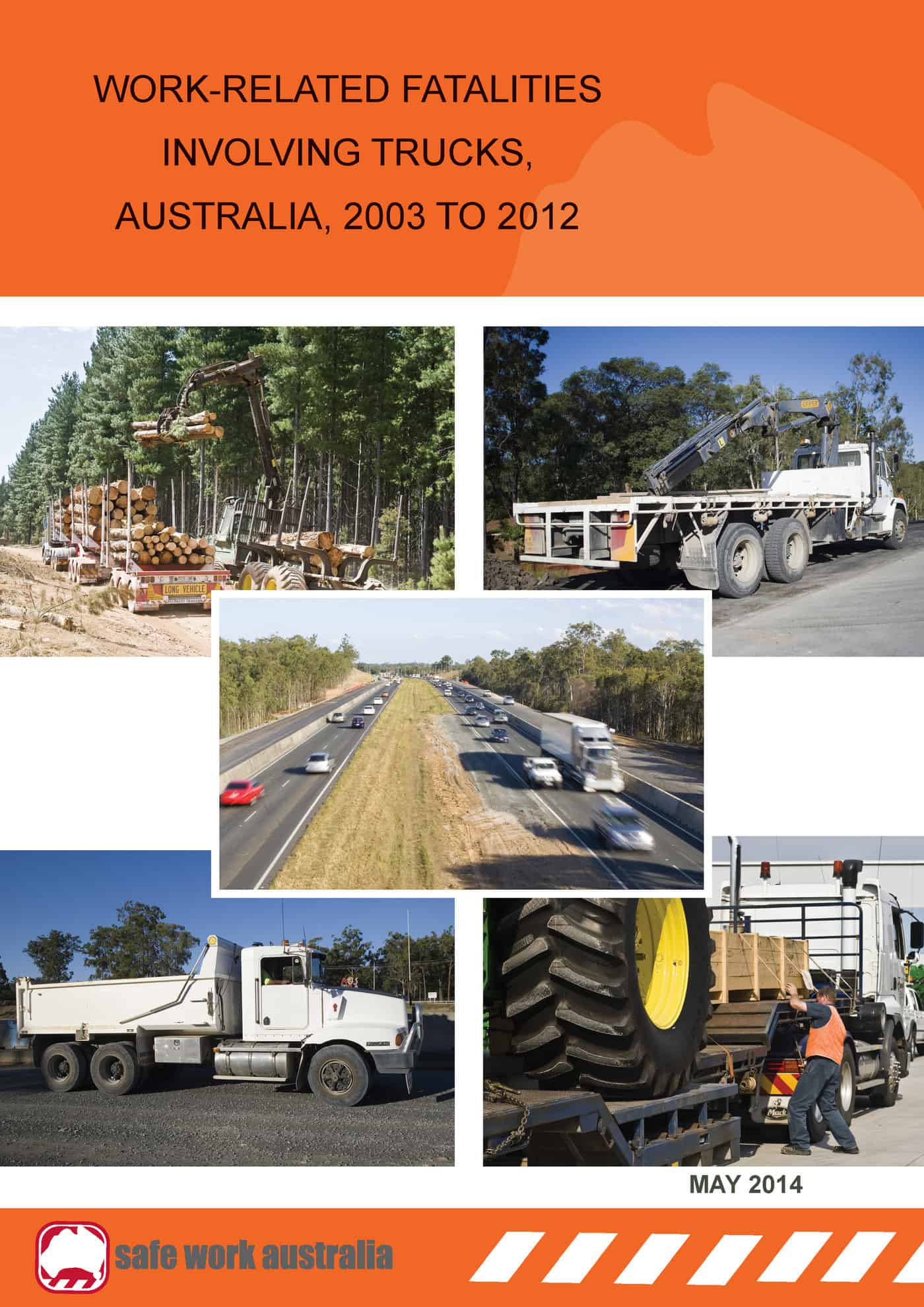 Michael Tooma (pictured right) has been a leading writer on occupational health and safety (OHS) law in Australia for some time. He is one of the few labour lawyers who is not afraid to express an opinion although he has always spoken within the legal context.
Michael Tooma (pictured right) has been a leading writer on occupational health and safety (OHS) law in Australia for some time. He is one of the few labour lawyers who is not afraid to express an opinion although he has always spoken within the legal context.
Recently Tooma participated in a roadshow with



 The public submission phase for the
The public submission phase for the 